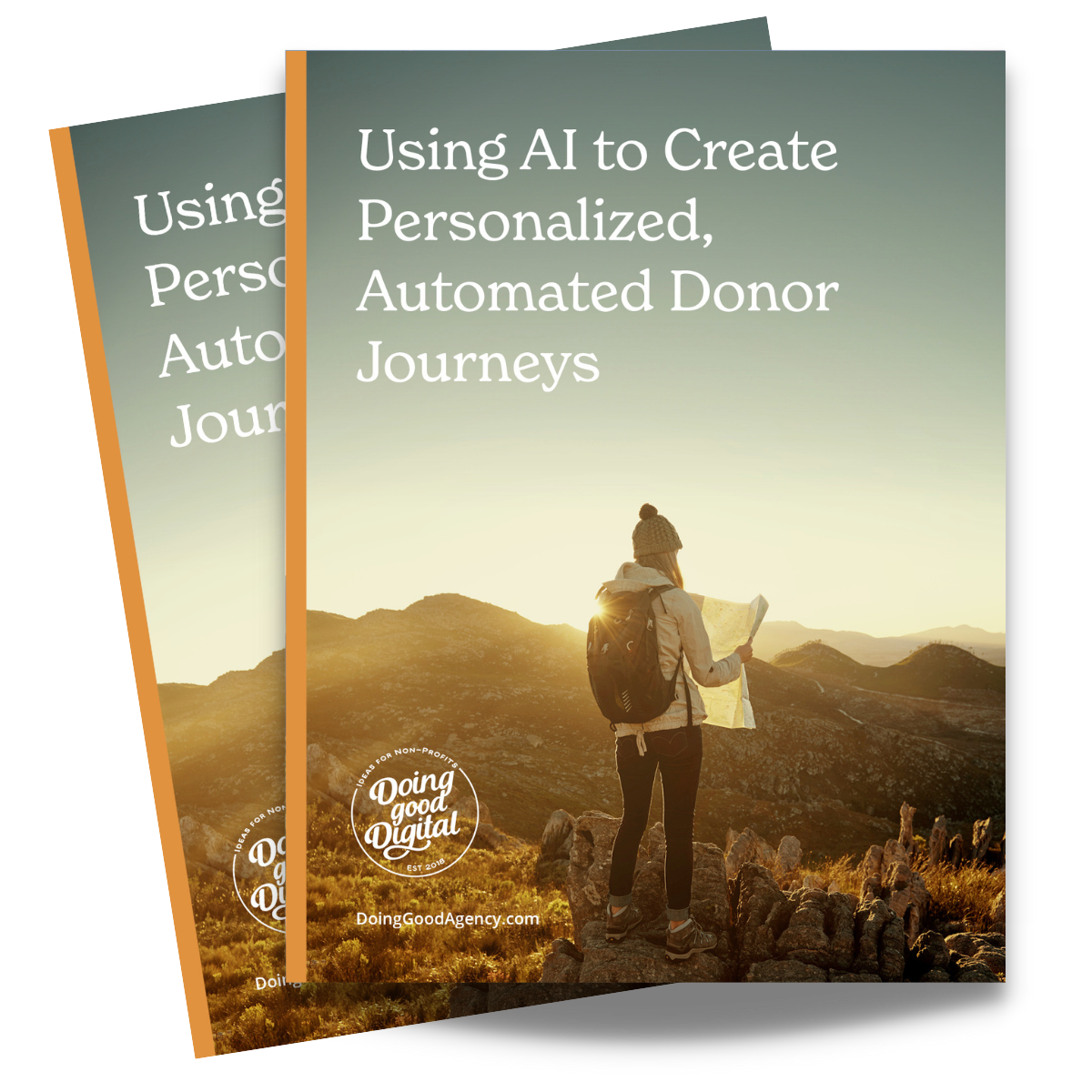6 Things Your Nonprofit Should Do Now That Google Changed Its Mind on Cookies

In a surprise turn, Google has officially abandoned its plan to phase out third-party cookies in Chrome, opting instead to continue offering users the ability to enable or disable them through browser settings. While this change may seem like a sigh of relief for digital marketers, it shouldn’t be a signal to relax—especially for nonprofits. Rising privacy expectations, platform shifts, and regulatory pressure still demand a future-focused approach.
Let’s break down what Google’s decision means and how nonprofits should adapt—not by reverting to old habits, but by building a more resilient, ethical, and mission-aligned digital strategy.
Why This Matters for Nonprofits
Third-party cookies have long been the foundation of online advertising and user tracking. Their original planned deprecation by Google signaled a shift toward privacy-first marketing. Although Google has now backtracked, that shift is still underway:
- Apple and Mozilla browsers already block third-party cookies by default.
- Users are increasingly privacy-conscious.
- Data privacy regulations are tightening worldwide.
So while Chrome’s cookies are sticking around for now, your organization still needs to act as if they’re gone.
A Checklist for Privacy-Resilient Digital Strategy
To prepare your nonprofit for a more privacy-conscious future, use this strategic checklist that helps shift reliance away from third-party data, regardless of Google’s decision:
1. Strengthen First-Party Data Collection
Your supporter relationships are your greatest asset. Focus on collecting and owning your own data:
- Place email sign-up CTAs across your homepage, donation forms, and blog content.
- Use surveys or quizzes to gather donor interests and preferences.
- Offer exclusive content or early access to newsletters as incentives.
- Make sure your CRM is capturing all donor touchpoints and use it to build segments.
2. Modernize Measurement & Analytics
With third-party data unstable, your measurement tools must be rock-solid:
- Set up Google Analytics 4 (GA4) with event-based tracking.
- Use Enhanced Conversions in Google Ads to better attribute donor actions.
- Add UTM parameters to every link to maintain visibility into traffic sources.
3. Shift to Privacy-Resilient Ad Strategies
If you’re running digital ads, now’s the time to evolve your targeting methods:
- Switch to contextual advertising—e.g., place your nonprofit’s animal rescue ad on pet blogs.
- Explore Google’s Privacy Sandbox tools, such as Topics API or Protected Audience API.
- Leverage geo-targeting and demographic targeting within platforms.
4. Maximize Owned Channels
Owned channels offer consistent visibility and deep engagement:
- Prioritize email and SMS marketing—still highly effective and privacy-safe.
- Segment your email list by donor behavior or interest.
- Improve your mobile donation page experience.
- Double down on blogging, storytelling, and SEO to boost organic reach.
5. Build Community & Trust
Transparency builds donor loyalty:
- Make your privacy policy visible and understandable.
- Be clear about how you use supporter data and allow preference management.
- Position your organization as a trustworthy steward of donor data.
6. Test, Learn & Iterate
Don’t fly blind—use data to make smarter decisions:
- Run A/B tests on content and UX to improve conversion.
- Monitor donor journeys in GA4 to find drop-off points.
- Track long-term metrics like donor retention and engagement rates.
Stay the Course Toward Privacy-First Marketing
Google’s policy shift might delay the inevitable, but it doesn’t change the trajectory: privacy is here to stay.
Organizations that adapt now—by investing in owned data, ethical marketing, and resilient digital strategies—will be the ones that thrive, build trust, and deepen supporter relationships in the years to come.
Let your mission lead, and let data responsibly support it. If you would like to talk to one of our digital strategists, please reach out today.





